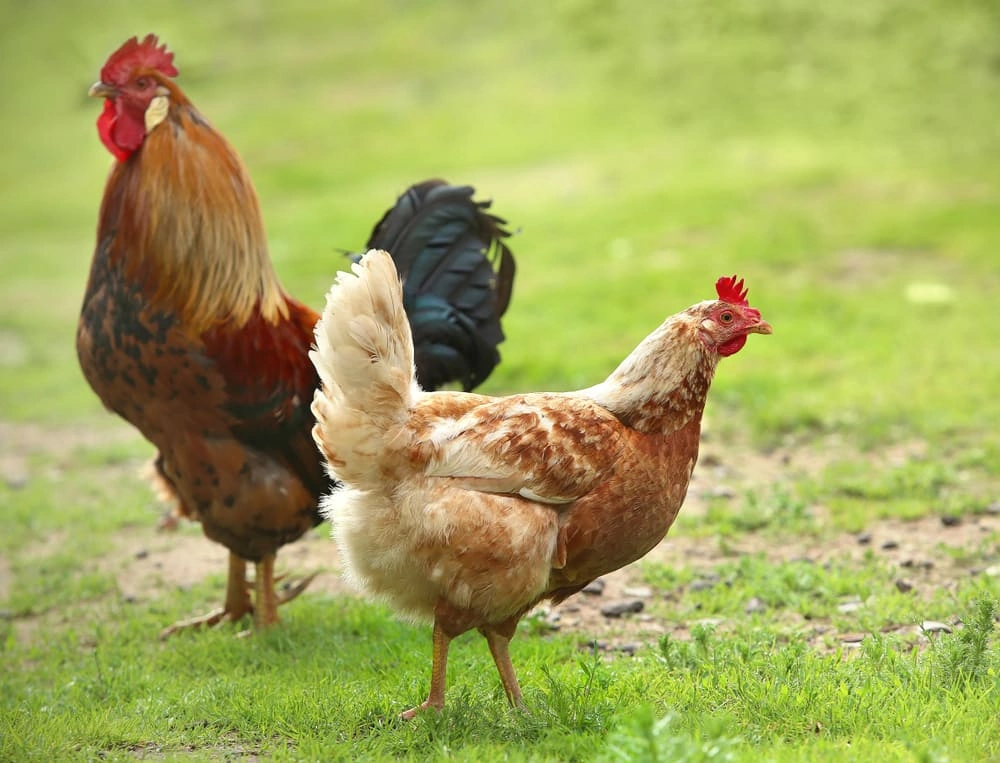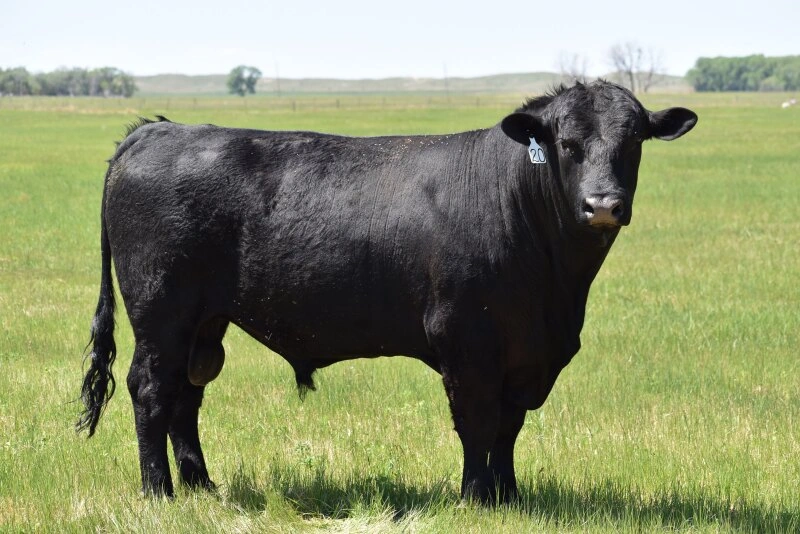How Ticks Evaluates Companies and Reports on Their Animal Welfare Record
Ticks is a consumer-focused ethics organisation that assesses businesses based on their environmental, social, and ethical standards. Animal welfare has emerged as a critical concern among ethically-minded consumers, investors, and advocacy groups. With increasing awareness of the treatment of animals in agriculture, research, fashion, and entertainment, consumers are demanding transparency and accountability from companies.
Ticks helps inform this demand by providing in-depth evaluations of company practices regarding animals, producing accessible and evidence-based reports to empower consumers and incentivise better treatment of animals across industries.
1. Guiding Principles
Ticks uses globally recognised principles and frameworks to guide its evaluation methodology, including:
- Five Freedoms of Animal Welfare (as outlined by the Farm Animal Welfare Council)
- World Organisation for Animal Health (OIE) guidelines
- European Union Animal Welfare Strategy
- Global Animal Partnership (GAP) certification benchmarks
- Public expectations on corporate social responsibility

2. Evaluation Framework
Ticks’ animal welfare evaluation is divided into six key dimensions, each with specific metrics. These categories reflect the most important domains where animal welfare can be positively or negatively impacted by business decisions:
- Animal Agriculture and Supply Chain Practices
- Animal Testing and Research Ethics
- Corporate Animal Welfare Policies
- Transparency and Reporting
- Retail and Product Ethics
- Animal Welfare in Entertainment and Fashion
2.1 Animal Agriculture and Supply Chain Practices
- Use of intensive confinement systems (e.g., battery cages, gestation crates)
- Humane slaughter practices
- Access to outdoors and enriched environments
- Antibiotic use and health management
- Third-party certification (e.g., Certified Humane, RSPCA Approved)
2.2 Animal Testing and Research Ethics
- Use of animals in cosmetic, pharmaceutical, and chemical testing
- Adherence to the 3Rs principle: Replacement, Reduction, Refinement
- Investment in alternative testing methods
- Compliance with international animal research regulations
- Transparency around research facilities and oversight
2.3 Corporate Animal Welfare Policies
- Existence and scope of formal animal welfare policy
- Integration into supply chain contracts
- Board-level or executive oversight
- Commitment to species-specific welfare improvements
- Regular policy updates based on scientific findings
2.4 Transparency and Reporting
- Public reporting on animal welfare performance and goals
- Traceability of animal products to source farms
- Audit results and non-compliance penalties disclosed
- Consumer education on welfare labeling
2.5 Retail and Product Ethics
- Proportion of products meeting high welfare standards
- Policy on exotic animal products (e.g., fur, reptile skins)
- Label clarity on meat, dairy, and eggs
- Promotion of plant-based and cruelty-free alternatives
- Position on animal-derived ingredients in non-food products
2.6 Animal Welfare in Entertainment and Fashion
- Use of animals in entertainment (e.g., circuses, racing)
- Partnerships with zoos or marine parks
- Policy on animal-derived materials in fashion (fur, leather, wool)
- Engagement with animal protection organisations

3. Data Collection and Verification
3.1 Data Sources
- Corporate responsibility and sustainability reports
- Animal welfare NGO databases (e.g., CIWF, PETA, Humane Society)
- Third-party audit and certification records
- Media investigations and whistleblower disclosures
- Company websites and product packaging reviews
3.2 Verification Process
- Cross-referencing multiple sources to validate claims
- Spot audits where possible
- Consultation with veterinarians and animal scientists
- Anonymous employee feedback collection
- Public feedback on consumer experiences and reports
4. Sector-Specific Approaches
- Food and Beverage: Emphasis on farmed animal treatment, slaughter conditions, and antibiotic use
- Pharmaceuticals: Use of animal models in R&D, transparency on 3Rs implementation
- Cosmetics and Personal Care: Policy on animal testing, cruelty-free certifications
- Fashion: Sourcing of animal materials, fur-free commitments
- Entertainment: Company involvement with captive wildlife or animal shows
5. Scoring and Rating
| Score | Rating | Interpretation |
|---|---|---|
| 90–100 | ✓✓✓✓✓ | Animal Welfare Leader |
| 75–89 | ✓✓✓✓ | Strong Commitment |
| 60–74 | ✓✓✓ | Moderate Progress |
| 40–59 | ✓✓ | Needs Improvement |
| 0–39 | ✓ | Poor Animal Welfare Record |
6. Certification and Reporting
6.1 Company Report Format
- Overall score and star rating
- Summary of key findings and strengths
- Specific areas of concern
- Recommendations for improvement
- Comparison with industry peers
6.2 Ticks Animal Welfare Seal
Companies with a score of 85 or higher are eligible for the Ticks Animal Welfare Seal. This designation is reviewed annually and requires ongoing transparency and adherence to high standards.
7. Public Advocacy and Consumer Empowerment
- Publishing company rankings and reports on the Ticks website
- Campaigns to inform consumers about animal cruelty practices
- Educational tools on ethical labels and certifications
- Collaboration with activist groups and policy reform campaigns
8. Continuous Improvement and Accountability
- Regular updates to criteria based on scientific advances and public expectations
- Stakeholder consultations including animal rights experts and farmers
- Open feedback channels for consumers and whistleblowers
- Annual performance reviews and methodology transparency
Animal welfare is a defining issue of ethical consumerism in the 21st century. Ticks brings clarity, integrity, and independence to evaluating how companies treat animals across industries. Its reports empower consumers, reward ethical businesses, and put pressure on laggards to evolve. Through scientific rigor, public advocacy, and transparency, Ticks is helping build a future where business success and animal compassion go hand in hand.